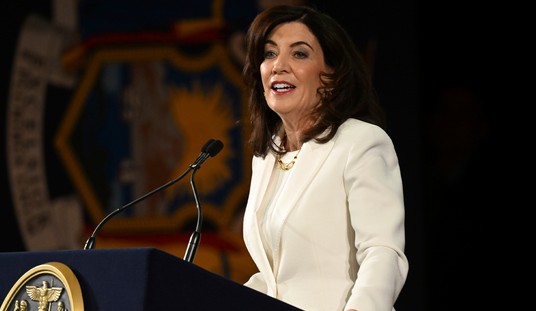The National Transportation Safety Board has again recommended that airlines require a separate seat for all children, regardless of age, eliminating the current practice of permitting children under the age of 2 to fly for free on the lap of a parent. Will mandating child restraint systems make air travel safer? The answer is probably yes but that's the visible.
Having to purchase an extra airplane ticket, some families will opt to drive to their destination instead. Thus, mandated CRS will force some families to switch to a less safe method of travel and some highway fatalities will represent the invisible victims of NTSB policy. By the way, if parents wanted a greater measure of safety for their infant, it's available to them right now. They can purchase a seat and seat restraint for their infant.
The U.S. Food and Drug Administration is charged with ensuring that drugs are safe and effective. Drugs must meet FDA approval before they can be marketed. FDA officials can make two kinds of errors. They can approve a drug that has unanticipated, dangerous side effects that might cause illness and death. Or, they can err by either not approving or causing huge delays in the marketing of a safe and effective drug. Statistically, these are known as the Type I and Type II errors.
FDA officials have a bias toward erring on the side of over-caution. If FDA officials err on the side of under-caution, approving an unsafe drug, they are attacked by the media, patient groups and investigated by Congress. Their victims, sick and dead people, are highly visible. If FDA officials err on the side of over caution, keeping a safe and effective drug off the market, who's to know? The victims are invisible.
If you conclude that FDA officials have a bias toward errors that create invisible victims, who don't know whom to blame for their illness or death, step to the head of the class. Particularly egregious examples are: The FDA's 10-year delay in approving alprenolol, a beta-blocker, sold for three years in Europe, cost more than 10,000 lives per year. The three-year delay in the approval of misoprostol, a drug for the treatment of gastric bleeding that cost between 8,000 and 15,000 lives per year. The lag in the approval of streptokinase for the treatment of occluded coronary arteries cost more than 10,000 lives per year.
Recommended
FDA erring on the side of over-caution makes the average cost of bringing a drug to the market close to $1 billion. When an FDA official proudly announces the approval of a major new drug, someone should ask him: If this drug is going to start saving lives tomorrow, how many people died yesterday, last week, last month or last year waiting for the drug to be approved? A drug company CEO could give you the answer if he weren't fearful of FDA retaliation.
Corporate Average Fuel Economy (CAFE) represents Congress' way to force manufacturers to produce more fuel-efficient cars. Manufacturers meet CAFE standards by producing lighter weight and hence less crash-worthy cars. According to a Brookings Institution study, a 500-lb weight reduction of the average car increased annual highway fatalities by 2,200-3,900 and serious injuries by 11,000 and 19,500 per year. A National Highway Transportation and Safety Administration study demonstrated that reducing a vehicle's weight by only 100 pounds increased the fatality rate by as much as 5.63 percent for light cars, 4.70 percent for heavier cars and 3.06 percent for light trucks. These rates translated into additional traffic fatalities of 13,608 for light cars, 10,884 for heavier cars and 14,705 for light trucks between 1996 and 1999.
Congressmen have full knowledge of these life and death statistics but doing the bidding of environmentalists and other interest groups is more important than American lives. There ought to be a way to make the invisible victims of Congress visible.


